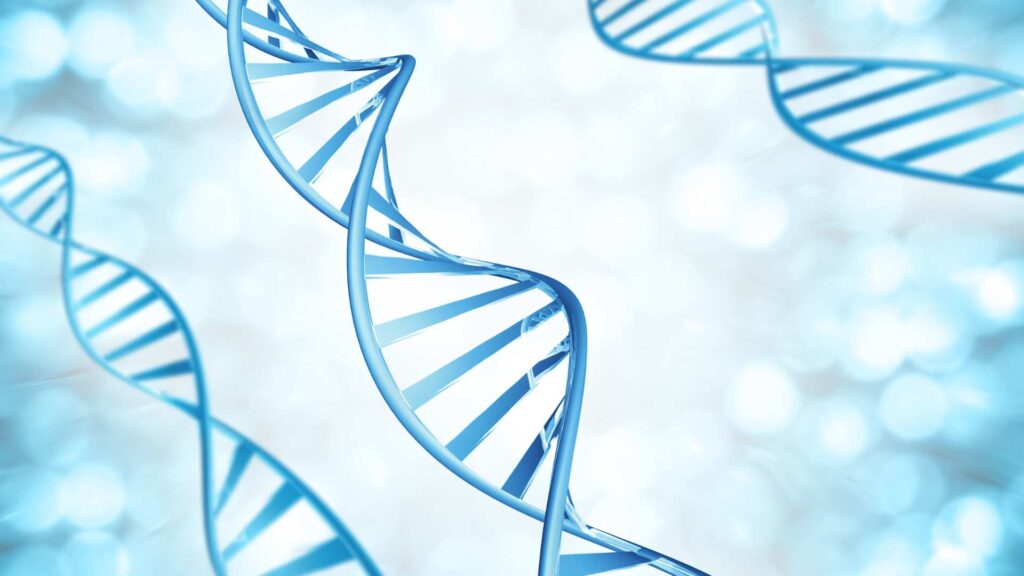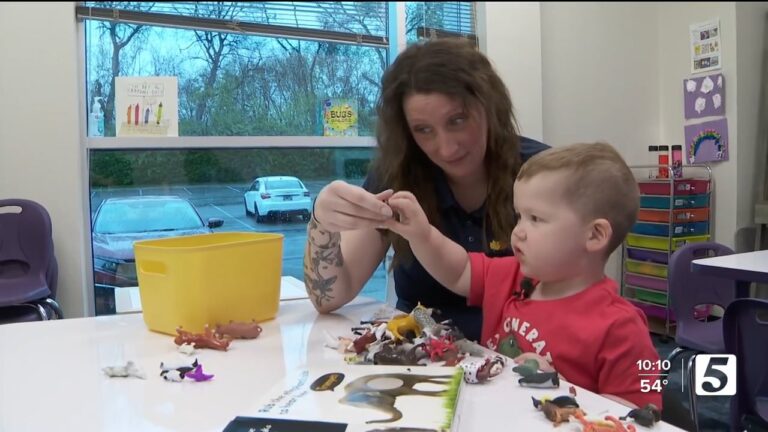Table of Contents
What is new in autism research?
Autism is a neurodevelopmental condition that has been known for a long time. In fact, the term ‘autism’ was first used by German psychiatrist Eugen Bleuler in 1911 to describe a symptom of the most severe cases of schizophrenia. Since then, significant progress has been made in autism research, leading to a better understanding of the condition and the development of more advanced treatments.
An example of this is that in 2013, the DSM-5 updated the diagnostic criteria and consolidated separate diagnoses related to autism, such as Asperger’s, Childhood Disintegrative Disorder, and Pervasive Developmental Disorder-Not Otherwise Specified (PDD-NOS), under a single general term: autism spectrum disorder (ASD).
Similarly, the perception of autism has undergone a remarkable evolution. It has shifted from being perceived through a medical and pathological lens that emphasizes deficits to a more inclusive and respectful understanding of neurocognitive diversity. Previously, individuals with autism were stigmatized, and their potential was limited, whereas now society values their unique abilities and promotes their inclusion and acceptance.
Let’s continue to explore in this blog by ABA Centers of Tennessee how autism research has evolved, from theories of autism causes to revolutionary therapies.
Advancements in Autism Research
Recent scientific autism research aims to delve deeper into the origins of the disorder, its associated risk factors, and its position among other neurodevelopmental conditions.
Recent scientific autism research aims to delve deeper into the origins of the disorder, its associated risk factors, and its position among other neurodevelopmental conditions.

These studies not only seek to refine diagnostic accuracy but also to unravel critical insights into the roles of genetics, brain development, and functionality. Here are notable findings:
Genetic Discoveries
In a study published in Nature, researchers examined genetic variations in a large group of over 42,000 individuals with autism. They identified five new risk genes—NAV3, ITSN1, MARK2, SCAF1, and HNRNPUL2—previously unassociated with autism. Notably, the NAV3 gene showed a primary association with autism risk due to rare inherited loss-of-function variants. These variants disrupt normal gene function.
CRISPR Technology
Scientists utilized CRISPR technology in the study “Assembloid CRISPR Screens Reveal Impact of Disease Genes in Human Neurodevelopment” to explore the effects of specific genes on the development of crucial brain cells. Using lab-grown models called assembloids, they mimicked the growth and movement of cortical interneurons in the brain. By altering genes within these models, researchers identified genes that hindered the normal development and movement of these brain cells, shedding light on neurodevelopmental disorder mechanisms.
Spliceosome Dysfunction
The Journal of Clinical Investigation discovered how a cellular machine called the spliceosome affects brain development. They found that mutations in genes like U2AF2 and PRPF19, which create parts of the spliceosome, can lead to malfunction and cause disorders related to brain development.
Is Autism Hereditary?
While the exact causes of autism remain unclear, researchers suggest a combination of genetic and environmental factors contributes to its development. Autism’s genetic basis is complex, involving both de novo variations and inherited ones. However, limited research has explored the role of rare inherited variations and their interaction with common polygenic risks in autism.
In a study by the National Academy of Sciences, researchers analyzed the genomes of multiplex families—those with two or more children diagnosed with autism. This analysis, encompassing 4,551 individuals from 1,004 families, unveiled seven new genes linked to autism risk when altered, suggesting a hereditary component in its development.
Alternatives in Treatment

In the past, autism treatment primarily focused on addressing the challenging behaviors associated with the disorder without delving into the underlying causes of these behaviors.
Though behavioral approaches are not new, psychologist B.F. Skinner developed the fundamental principles of conditioning theory in the 1930s, demonstrating how positive reinforcement and other operant conditioning techniques shape and modify behaviors.
However, it wasn’t until the 1960s that Ivar Lovaas began applying these principles specifically to autism treatment, thus laying the groundwork for what would eventually become applied behavior analysis therapy (ABA). ABA therapy stood out for its emphasis on early intervention and its focus on individualizing treatment programs to address the specific needs of each child with autism.
Through the systematic application of behavior analysis-based techniques, ABA therapy aims not only to reduce problematic behaviors but also to promote the development of social, communicative, and functional skills in individuals with autism. This approach has proven to be highly effective and remains one of the most widely used therapeutic interventions for autism and other developmental disorders.
The Future of Autism Research
Autism research is continuously progressing on multiple fronts with the goal of deepening our understanding of the disorder and improving the lives of those impacted. However, a significant challenge remains in ensuring that individuals with autism and their families have access to the necessary support.
Future research has two main objectives: First, it aims to uncover the causes, underlying physiology, and genetic components of autism. Second, it emphasizes enhancing programs and treatments so that people at different levels of severity can learn valuable skills. At the core of these efforts lies ABA therapy, which plays a crucial role in enhancing language and communication skills, improving attention, and addressing challenging behaviors.
In essence, the future direction of autism research involves a comprehensive approach. This perspective includes providing vital resources for families and professionals, promoting early intervention, and finding ways to promote behavioral independence in children with ASD. The goal of these initiatives is to create a more inclusive and promising future for individuals and neurodiverse families.
ABA Centers of Tennessee and Autism Acceptance
Thanks to autism research, we understand the importance of continuing to advocate for the rights of individuals with neurodevelopmental conditions and access to resources and treatments for families. We also need to continue investigating underlying causes to improve diagnostic criteria and, thus, offer more precise and effective autism care.
At ABA Centers of Tennessee, we continue to evolve, adapting our therapies and approaches as medicine and the needs of our clients progress. Hundreds of families in Brentwood, Hendersonville, Nashville, and Madison have benefited from personalized interventions and a highly qualified, empathetic team to guide your child through development and learning according to their capabilities.
Call us at (844) 423-9483 or contact us through our website and discover how ABA therapy can improve the lives of kids and teens on the spectrum.






